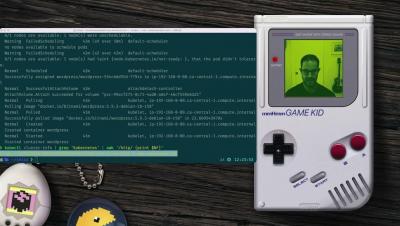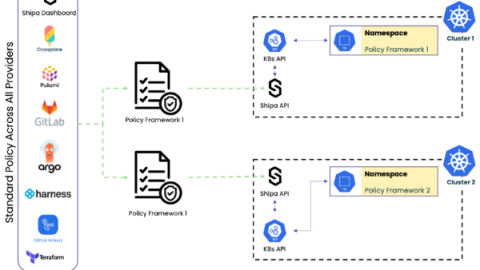Operations | Monitoring | ITSM | DevOps | Cloud
May 2022
Shipa Product Updates - May 2022
We have been busy at work in May creating new features and squashing bugs to delight those who use or have not yet started using Kubernetes. Finally, you can start finding Shipa back at in-person events, we just returned from Southern California at JFrog swampUP. We had many great conversations about what we have been working on, especially announcing the general availability of Shipa Insights, today!
Centralized application management on Kubernetes
Supporting and securing applications on Kubernetes
Introducing Shipa Insights
If you are on Shipa Cloud today, you will have noticed a new module called Insights. We are pleased to announce the initial release of Shipa Insights and certainly have a lot in store as we continue to build out the module. As more items continue to shift left towards the developer and the rise of the full lifecycle developer continues to occur, outside of technical non-functional requirements such as connectivity, reporting and metrics are also important.
Getting Started with Virtual Kubernetes Clusters and Shipa Cloud
Like your virtual machine running another virtual machine , today thanks to Loft Labs, you are now able to run multiple virtual Kubernetes clusters in a Kubernetes cluster. The vcluster project is focused on creating fully functional virtual Kubernetes clusters inside a base cluster allowing for a different approach to multitenancy than spinning up a separate Kubernetes cluster. A core use case of Shipa is the ability to have abstractions that make deploying to multiple clusters easy for developers.
Zero To Application Ready on K8s - Nana Janashia
For those who missed the live conversation, we had a great chat with Nana Janashia around taking the next click in with Kubernetes. As one of the great equalizers between the development and operations teams, Kubernetes has a duality of generics and opinions to power your workloads. This duality can be a complex one to navigate not only dealing with a new paradigm of idempotency and ephemerality but also dealing with a vast amount of choice and seemingly granular.
Is Developer Self-Service a Lie?
Over the weekend, I visited one of my favorite grocery stores to pick up one item, my favorite fruit e.g star fruit. Because of the location, the grocery star started to implement parking validation so folks would not abuse their free parking deck for extended periods of time. As I just had a handful of star fruits, I decided to use the self-checkout. This was my first time buying produce via self-checkout.
Strengthen Your Developer Experience and Deployment Velocity with OKE and Shipa Cloud
For an application developer, there is certainly a long road between an idea/feature and getting deployed into production with Kubernetes. From a development perspective, having a low barrier of entry and the ability to iterate is key. From a platform engineering/DevOps perspective, creating gains in engineering efficiency all while creating and enforcing policies that do not stifle innovation is key.
Kubernetes Multi-Tenancy
Things would be much simpler if we based all we built on Kubernetes on a single tenant type of architecture, meaning a single application running on the entire Kubernetes cluster with a single team who could access it. As teams scale Kubernetes adoption within their organizations, they see a different scenario instead, one with multi-tenant deployments performed by multiple teams and, most probably, across multiple clusters.











